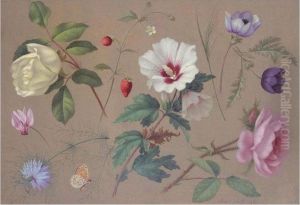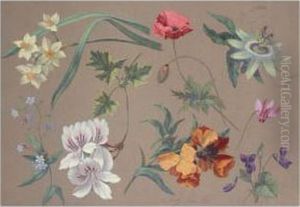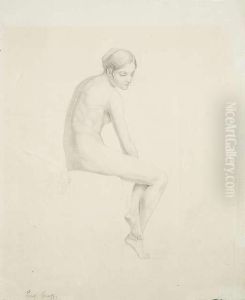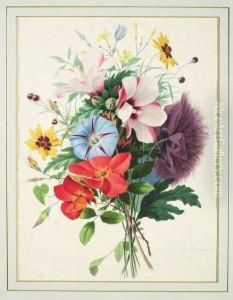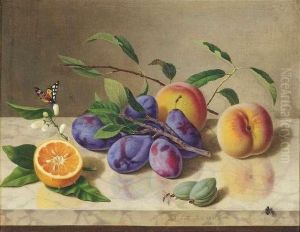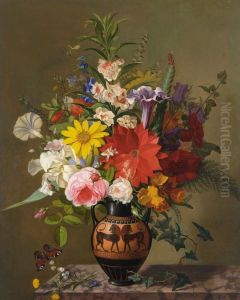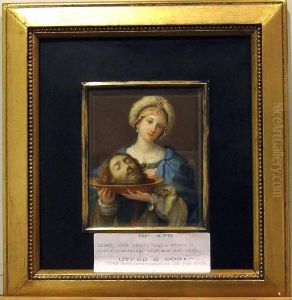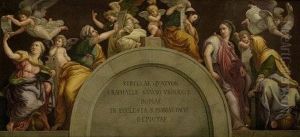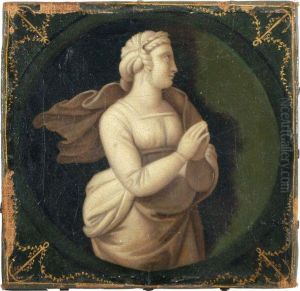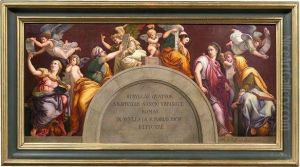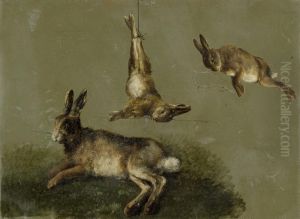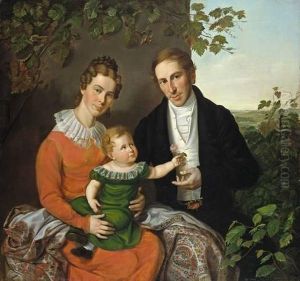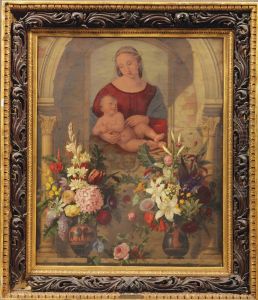Carl Adolf Senff Paintings
Carl Adolf Senff was a notable figure in the world of art, born on December 15, 1785, in Artern, a town located in the present-day state of Thuringia, Germany. His journey into the realms of art began under the guidance of his father, who was a painter and encouraged Senff's early interest in the arts. However, it wasn't until Senff attended the University of Leipzig, initially focusing on theology and philology, that he pivoted towards pursuing art as his primary vocation. This decision was significantly influenced by his encounter with the works of the old masters during his studies, which sparked a lifelong passion for painting.
After completing his studies in Leipzig, Senff furthered his education at the Vienna Academy of Fine Arts, where he was profoundly influenced by the neoclassical ideals and the meticulous attention to detail characteristic of the period's artistic expressions. It was during this time that he began to develop his distinctive style, blending the neoclassical with elements that hinted at the emerging Romantic sensibilities.
Senff's contributions to art were not limited to his paintings. Throughout his career, he also engaged in teaching, passing on his knowledge and passion for art to future generations. In 1816, he was appointed as a professor at the University of Dorpat (today known as Tartu, in Estonia), where he taught drawing and painting. This position not only allowed him to influence the artistic development of his students but also provided him with a stable platform from which to continue his own artistic endeavors.
Throughout his life, Senff was known for his landscapes and portraits, which were highly regarded for their depth of emotion and technical precision. His ability to capture the essence of his subjects and the natural beauty of the environment around him made his works sought after by collectors and admired by fellow artists.
Carl Adolf Senff's legacy is that of a dedicated artist and educator who bridged the gap between the neoclassical and Romantic periods in art. His contributions to the artistic community, both through his own works and through his role as a mentor to young artists, have ensured his place in the annals of art history. Senff passed away on March 13, 1863, in Dorpat, leaving behind a body of work that continues to be celebrated for its beauty and emotional resonance.
